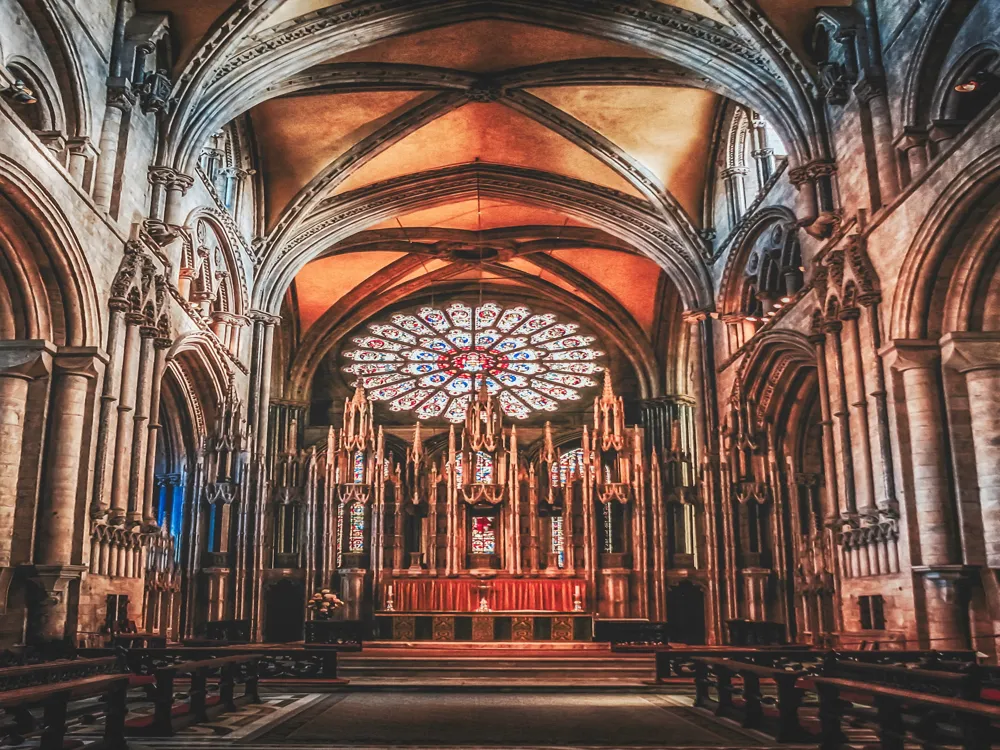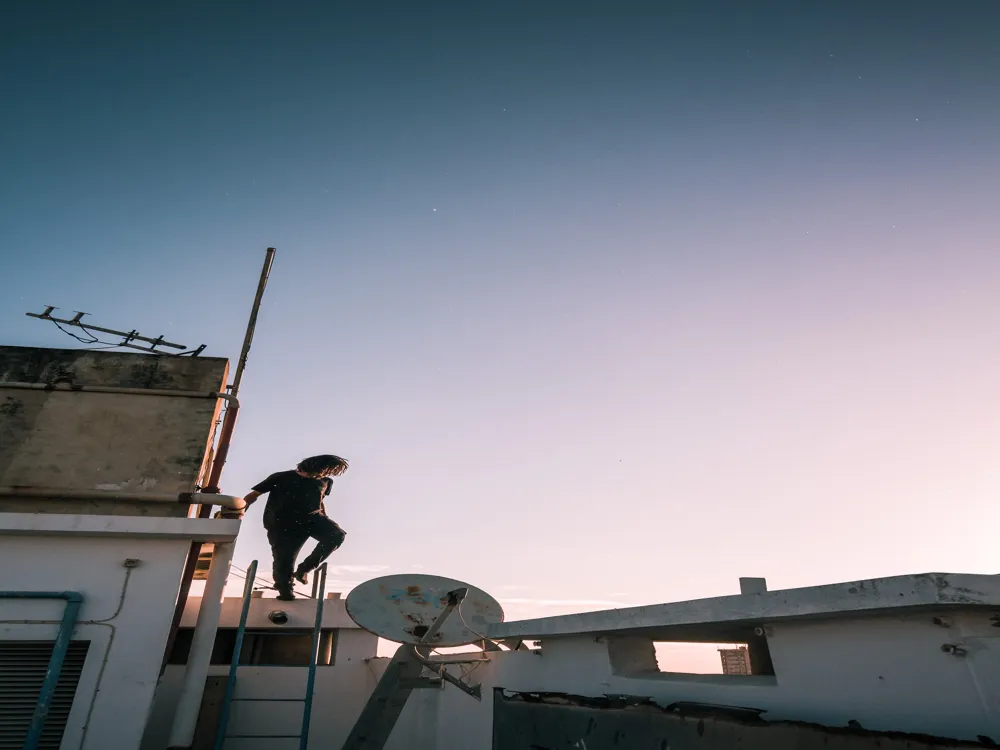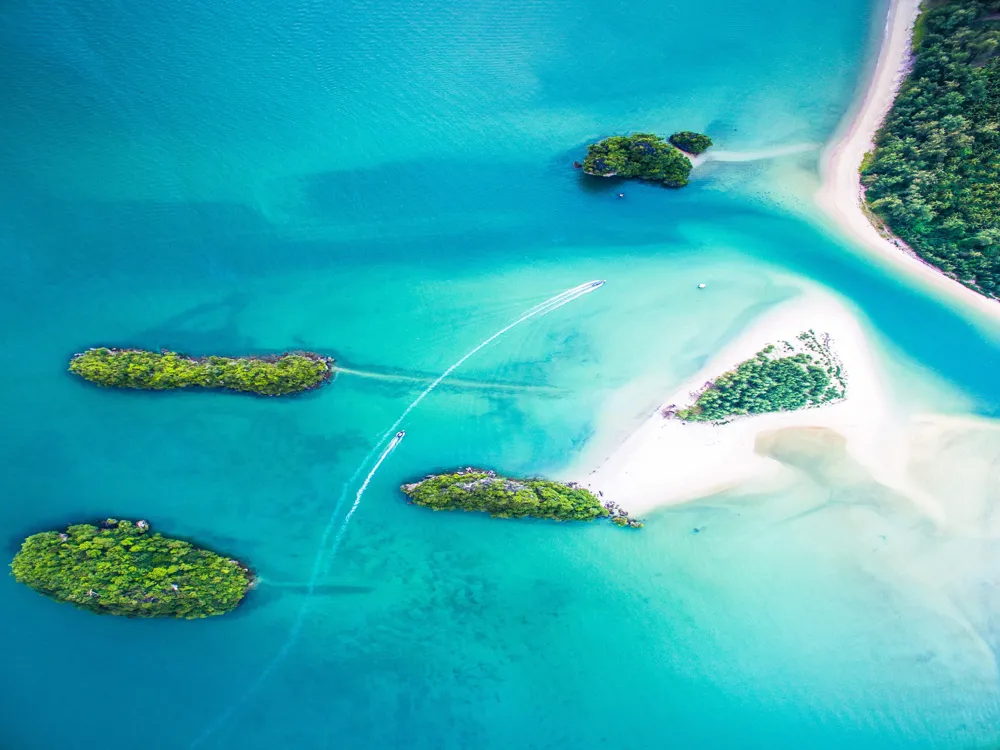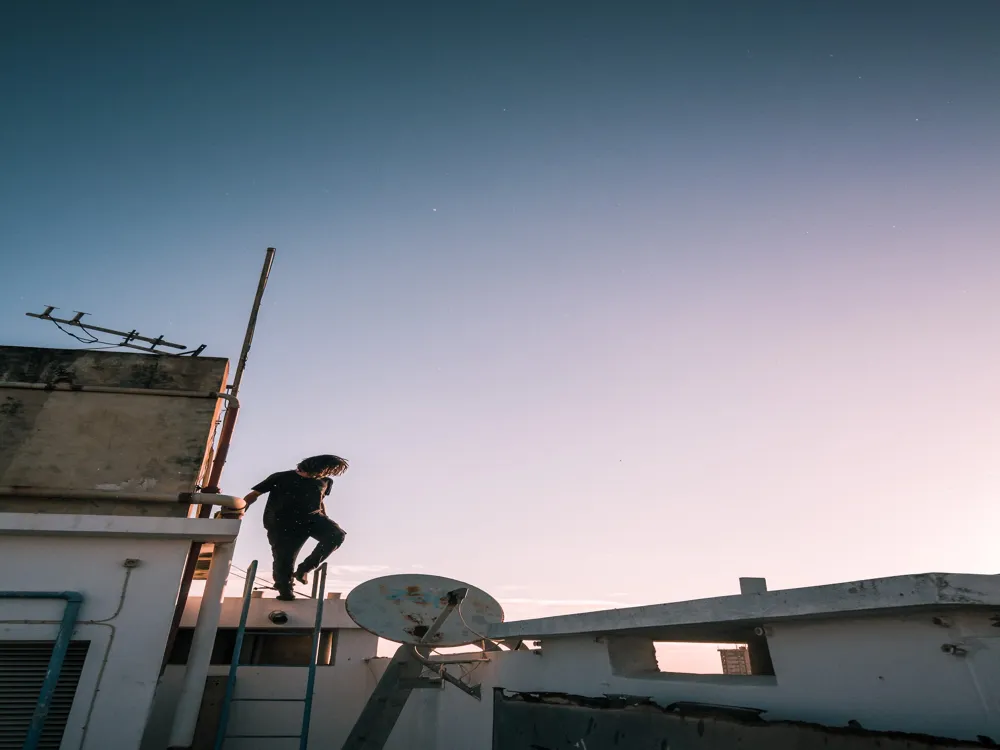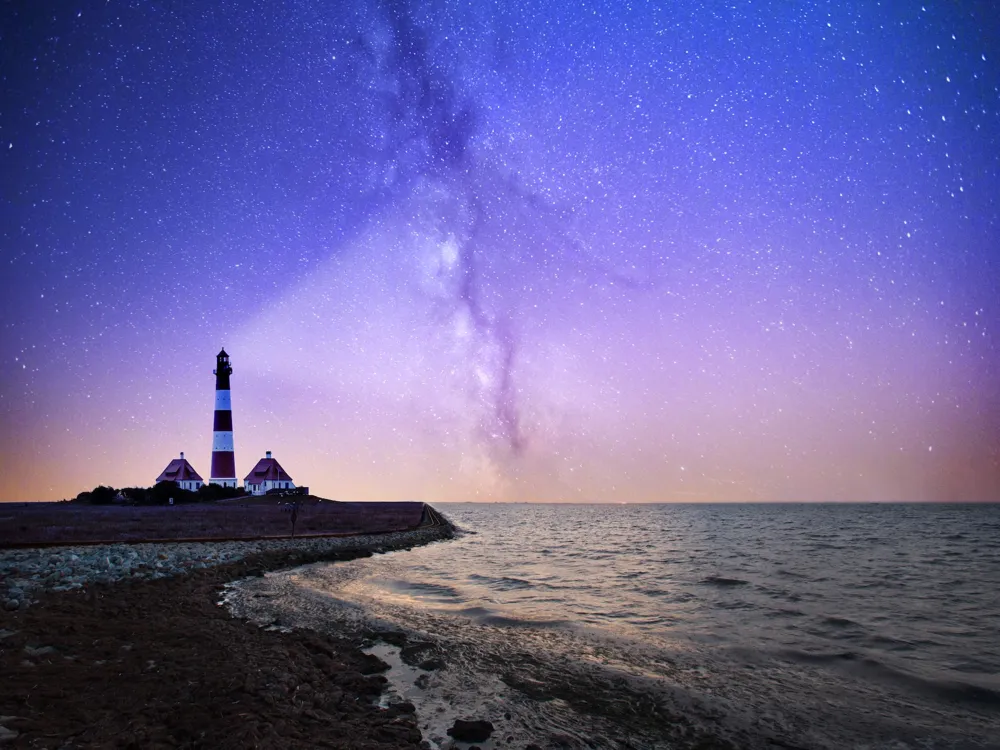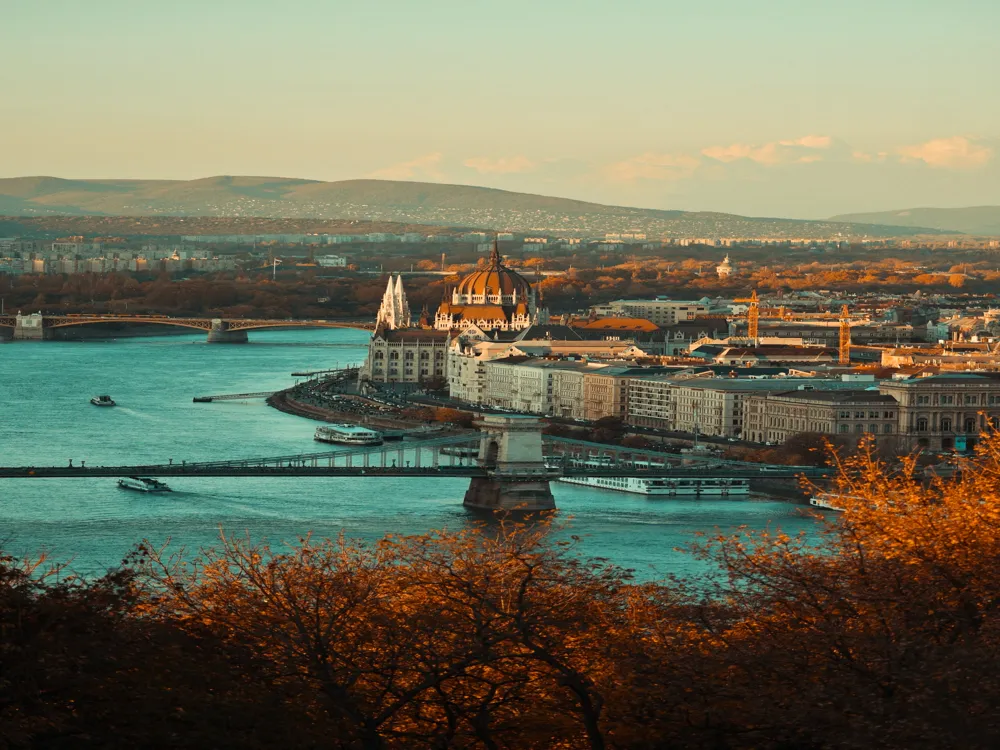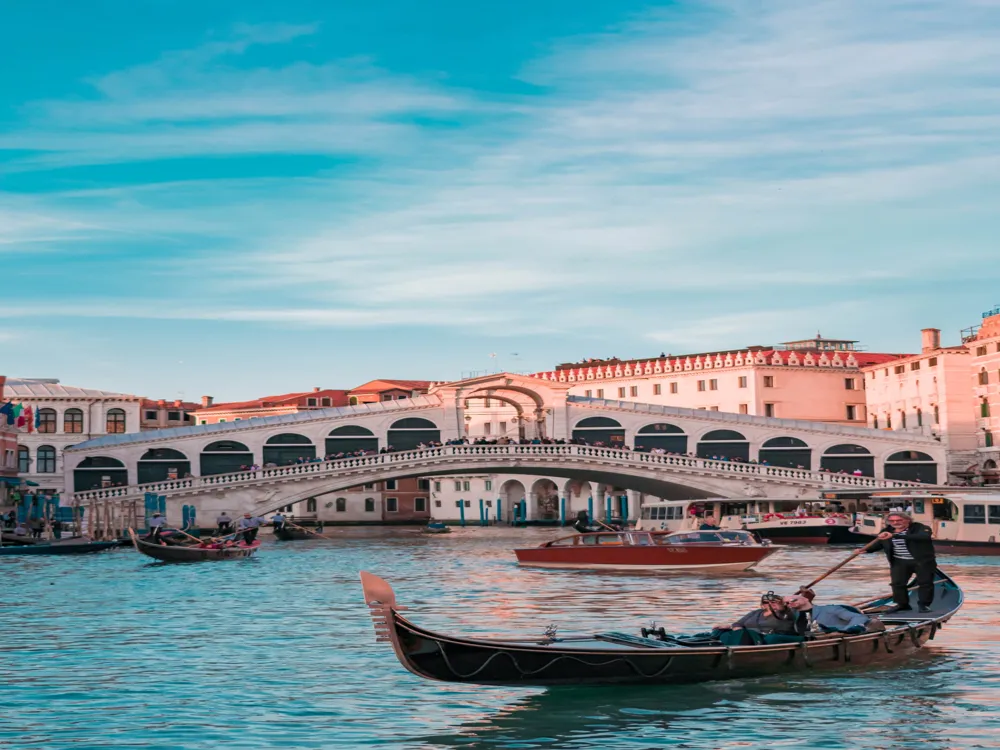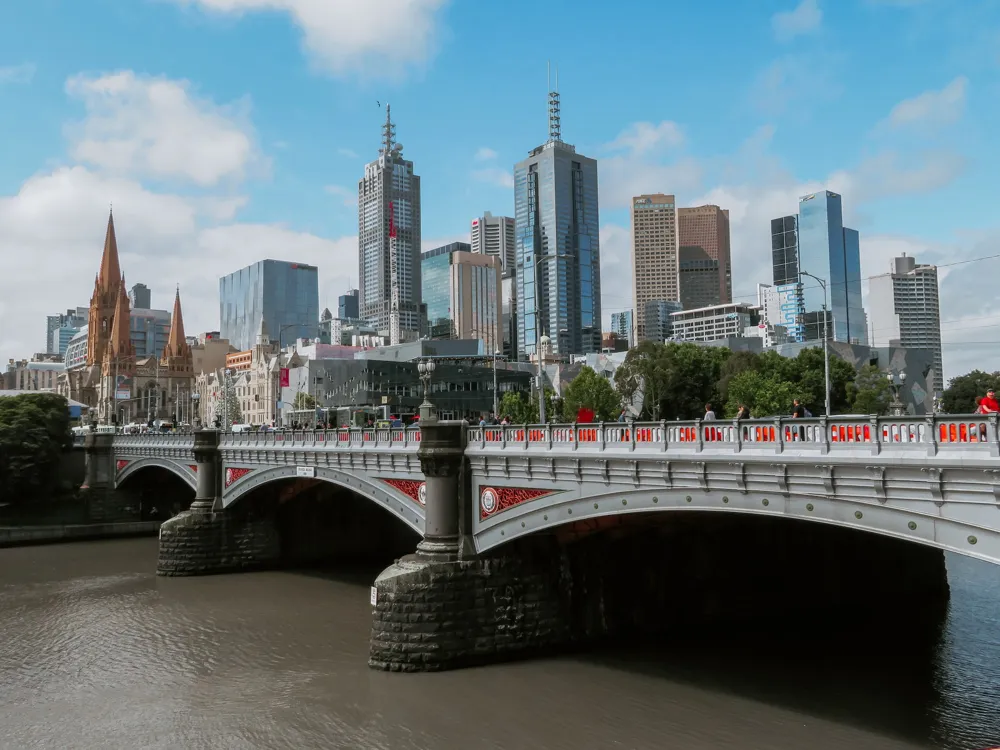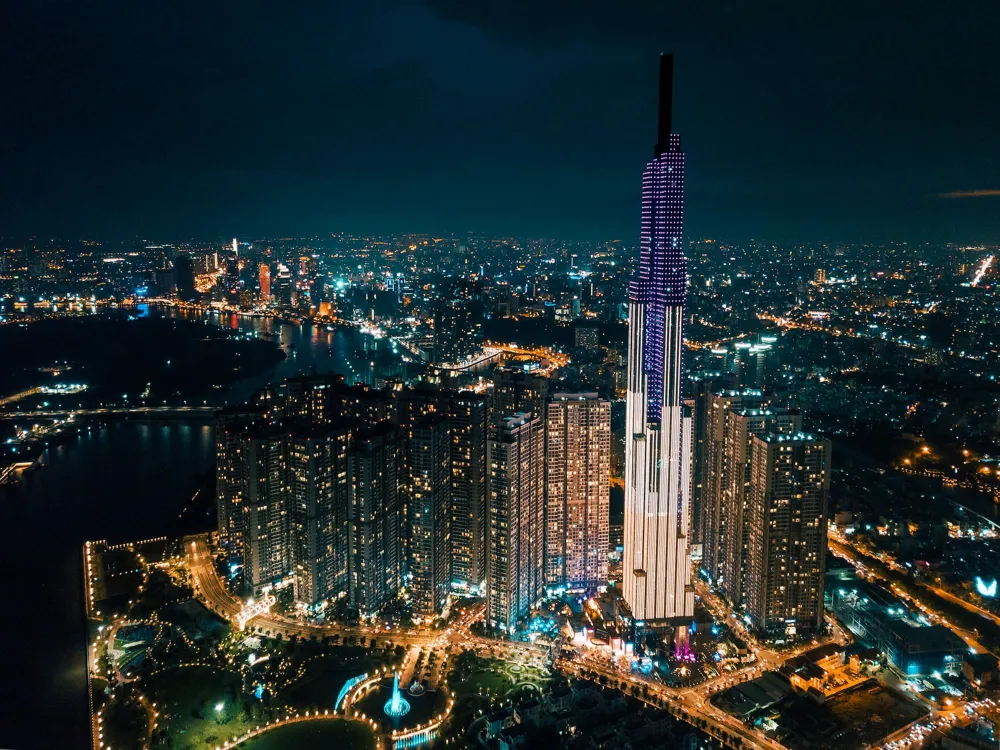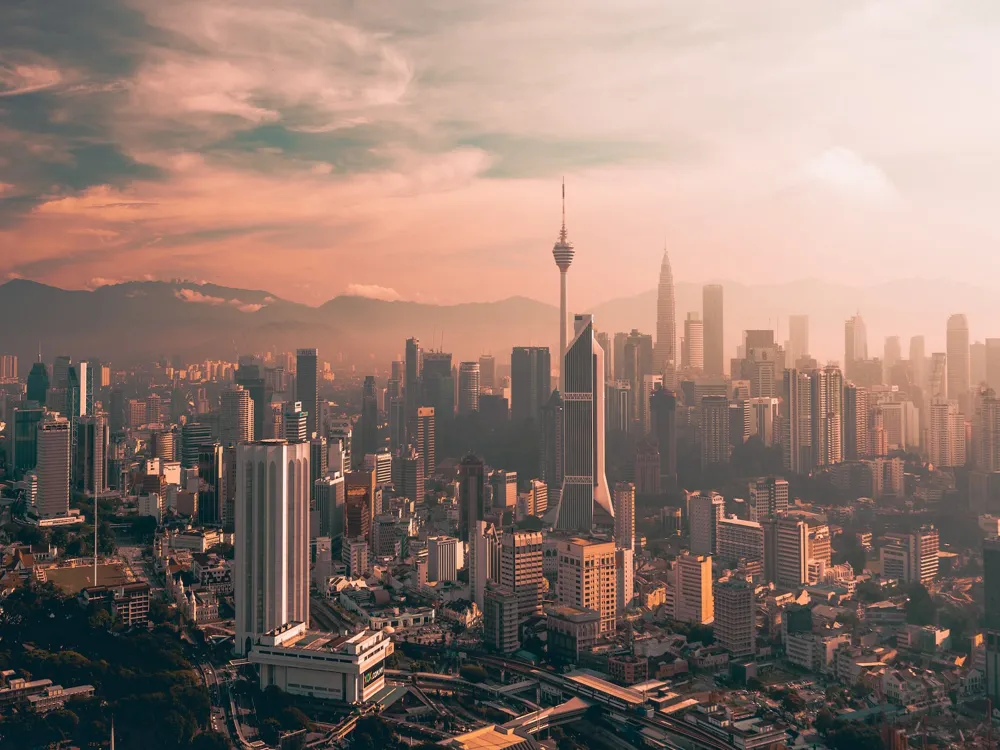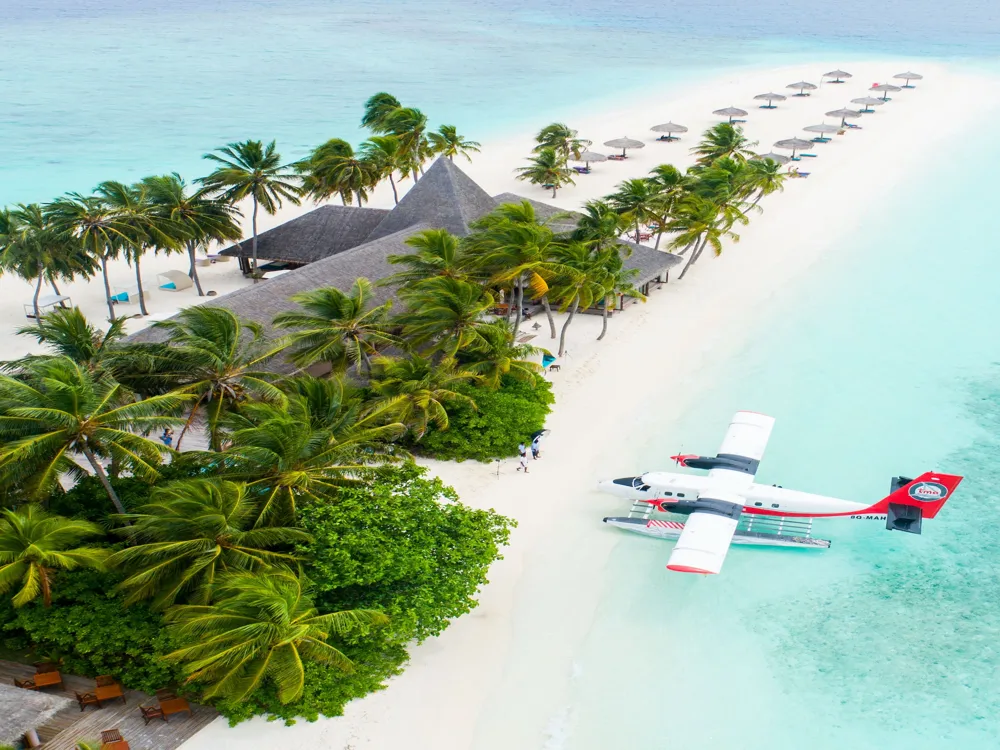Fort Sao Sebastian, located in Mozambique, stands as one of the oldest European structures in the Southern Hemisphere. Built in the 16th century by the Portuguese, this fortification is a symbol of historical maritime routes and colonial power. It offers a glimpse into the past with its impressive structure overlooking the Indian Ocean, providing insights into the age of exploration and the spread of European influence in Africa. The architecture of Fort Sao Sebastian is a remarkable example of military construction from the 16th century. The fort is characterized by its massive walls and strategic location, designed to defend against naval attacks. Its layout includes bastions, a central courtyard, and living quarters, showcasing the blend of European military architecture with local building techniques and materials. Visitors can explore the ramparts and enjoy panoramic views of the surrounding area. 1. Wear comfortable shoes: The fort's terrain is uneven, so sturdy footwear is recommended. 2. Bring sunscreen and water: The climate can be hot and sunny, making hydration and sun protection essential. 3. Hire a local guide: To fully appreciate the history and significance of the fort, consider hiring a guide who can provide detailed insights and stories. 4. Check opening hours: Verify the fort's opening hours in advance to plan your visit accordingly. 5. Respect the site: Remember to treat the historic site with respect, avoiding damage to the structures and littering. Fort Sao Sebastian is accessible by various modes of transport. The nearest major city is Nampula, from where visitors can take a flight, bus, or drive to the coastal city of Mozambique Island. Once on the island, the fort is easily reachable by foot or local transport. It's advisable to check local transport schedules and routes for a smooth journey. Read More:Overview of Fort Sao Sebastian
Architecture of Fort Sao Sebastian
Tips When Visiting Fort Sao Sebastian
Click to see tips for visiting Fort Sao Sebastian
How To Reach Fort Sao Sebastian
Fort Sao Sebastian
Mozambique
NaN onwards
View mozambique Packages
Mozambique Travel Packages
View All Packages For Mozambique
Top Hotel Collections for Mozambique

Private Pool

Luxury Hotels

5-Star Hotels

Pet Friendly
Top Hotels Near Mozambique
Other Top Ranking Places In Mozambique
View All Places To Visit In mozambique
View mozambique Packages
Mozambique Travel Packages
View All Packages For Mozambique
Top Hotel Collections for Mozambique

Private Pool

Luxury Hotels

5-Star Hotels

Pet Friendly







